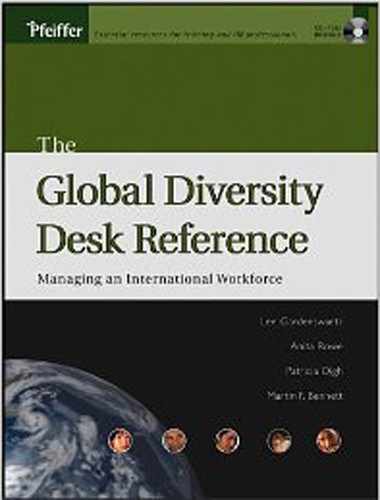1.6. ANSWERING UNIVERSAL PROBLEMS—DIFFERENTLY
Social anthropologists Ruth Benedict and Margaret Mead, and many others since them, developed the conviction that all societies face the same basic problems; only the answers differ. As Louise Damen put it, "Culture is mankind's primary adaptive mechanism."[]
Charles Hampden-Turner defines culture as the way in which people resolve dilemmas that emerge from universal problems. He and colleague Fons Trompenaars have built their work around this premise, outlining key areas that form the basis for cultural difference:
What is the relationship of the individual to others? (relational orientation);
What is the temporal focus on human life? (time orientation);
What is the modality of human activity? (activity orientation);
What is a human being's relation to nature? (man-nature orientation); and
What is the character of innate human nature? (human-nature orientation).[]
Others have delineated slightly different ways of categorizing human experience. In their "values orientation culture model," Kluckhohn and Strodtbeck (1961) outline five basic cultural dimensions:
What is the relationship of people to nature?
What is the temporal focus on human life?
What is the character of innate human nature?
What is the modality of human activity? and
What is the modality of a person's relationships to other persons?
Among the first to study culture in this systematic way, they believed that these five questions were relevant to every cultural group and society, and that the way in which each group or society answered these questions defined its cultural values.
In the same way, Hofstede based his cultural dimensions on four fundamental problems that he perceives society faces:
The relationship between the individual and the group;
Social inequality;
Social implications of gender; and
Handling of uncertainty inherent in economic and social processes.
You will note significant overlap in their thinking and models. Common to each of them is the belief that culture arises out of our human need and ability to answer basic questions and solve basic dilemmas with which we are faced daily. To more fully understand their thinking—and its implications for your organization—we need to explore more deeply the "answers" they found in their research about how people resolve those dilemmas and how those resolutions vary around the world.
